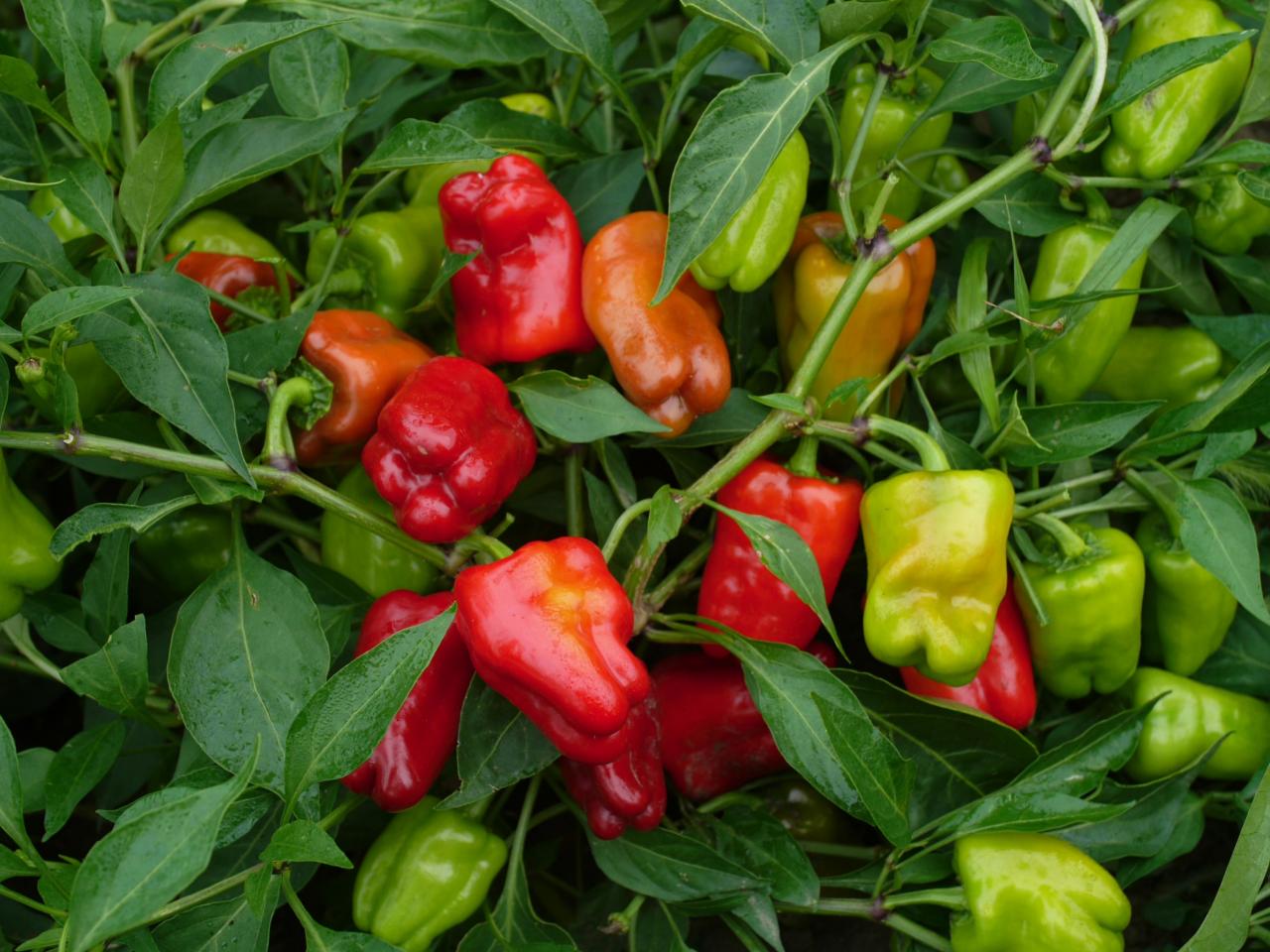So you’ve planted some Cajun bell peppers in your garden, and now you’re eagerly waiting for the perfect time to harvest them. Well, wonder no more, because in this article we’ll uncover the secrets to picking Cajun bell peppers at their prime. Whether you’re planning to use them in your favorite Louisiana-style dishes or simply enjoy their vibrant colors and delicious flavor, knowing exactly when to harvest these peppers will ensure you get the best possible results. So grab your gardening gloves and let’s find out when is the best time to harvest those Cajun bell peppers!
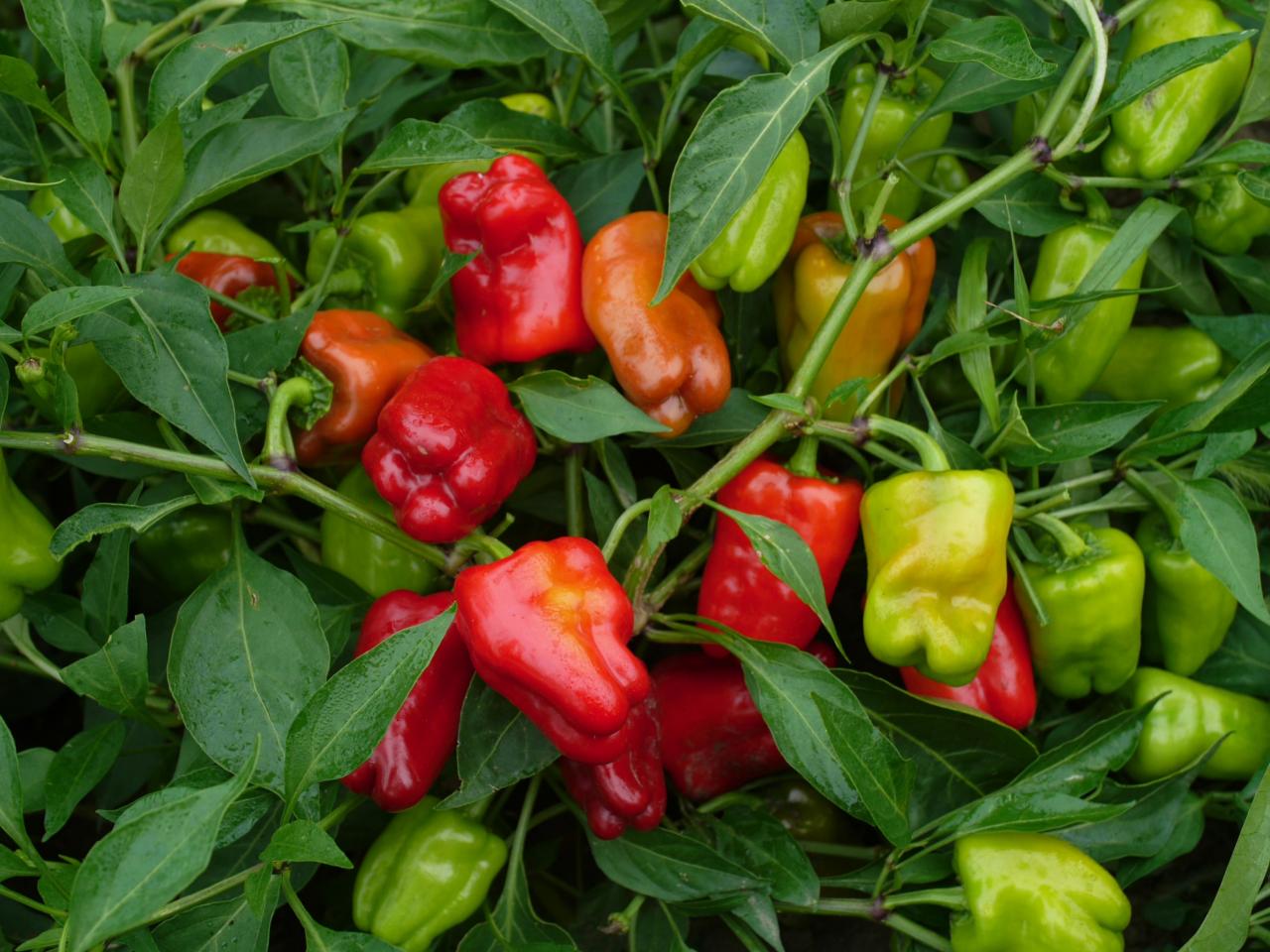
Factors Affecting the Timing of Harvest
Climate and Temperature
The climate and temperature play a significant role in determining the timing of harvest for Cajun bell peppers. These peppers thrive in warm climates, requiring temperatures between 70 to 85 degrees Fahrenheit for optimal growth. If the temperature drops below 55 degrees Fahrenheit, it can slow down the ripening process and affect the quality of the peppers. On the other hand, excessively high temperatures above 90 degrees Fahrenheit can cause sunscald and affect the flavor and texture of the peppers.
Days to Maturity
The days to maturity refers to the time it takes for Cajun bell peppers to reach their full ripeness from the moment they are transplanted or germinated from seeds. This information is typically provided by the seed supplier and can vary depending on the specific variety of Cajun bell peppers being grown. It is essential to keep track of the days to maturity as it gives an estimate of when the peppers will be ready for harvest, enabling you to plan accordingly.
Fruit Size and Color
The size and color of Cajun bell peppers also impact the timing of harvest. As the peppers mature, they increase in size and change color from green to their characteristic vibrant red or yellow hues, depending on the variety. For most Cajun bell peppers, the optimal time to harvest is when they have reached their full size and have developed their desired color. Harvesting too early can result in underripe peppers, while waiting too long can lead to overripe or even rotting peppers.
Plant Health and Vigor
Plant health and vigor are crucial factors to consider when deciding the timing of harvest for Cajun bell peppers. Healthy plants are more likely to produce high-quality fruits that are ready for harvest at the appropriate time. If the plants are affected by diseases or pests, the peppers may not develop properly or may become more susceptible to rotting. It is important to monitor the overall health of the plants and address any issues promptly to ensure a successful harvest.
Signs of Mature Cajun Bell Peppers
Size and Shape
Mature Cajun bell peppers are usually between 3 to 4 inches in length and have a symmetrical, bell-like shape. The peppers should appear plump and well-filled, indicating that they have reached their full size. It is important to note that the size and shape can vary slightly depending on the specific variety of Cajun bell pepper being grown, so refer to the seed packet or supplier’s guidelines for accurate expectations.
Color
Color is a significant indicator of the maturity of Cajun bell peppers. While they start off green, they eventually transition to their final color as they ripen. Red and yellow are the most common colors for mature Cajun bell peppers, but some varieties may also turn orange or even purple. The peppers should have a vibrant, uniform color without any blemishes or patches of green, indicating that they have fully ripened and are ready for harvest.
Firmness and Texture
When determining the maturity of Cajun bell peppers, it is important to consider their firmness and texture. Mature peppers should feel firm to the touch but not hard. Gently press the pepper with your fingers, and if it gives slightly without being mushy or overly soft, it is a good indication that it is ripe and ready to be harvested. The texture should also be smooth and free from any wrinkles or shriveling, which can be signs of overripe or aging peppers.
Ideal Harvest Time Bracket
Early Harvest
Early harvest refers to picking Cajun bell peppers before they have fully ripened. This can be done when you prefer to use the peppers while they are still green or when you want to stagger the harvest to allow for more continuous production. Harvesting Cajun bell peppers early can result in slightly milder flavors and crunchier textures compared to fully ripened peppers. However, it is crucial to ensure that the peppers have reached a reasonable size and are not underdeveloped.
Optimum Harvest
The optimum harvest time for Cajun bell peppers is when they have reached their full size, desired color, and have a well-developed flavor. These peppers are firm to the touch but not overly soft, and their vibrant color indicates that they are fully ripe. Optimum harvest ensures the best balance of taste, texture, and nutrition, allowing you to enjoy the full potential of Cajun bell peppers in various culinary creations.
Late Harvest
Late harvest refers to leaving Cajun bell peppers on the plant for an extended period beyond their optimum harvest time. This can happen unintentionally or intentionally if you prefer to use the peppers when they have fully matured and developed additional sweetness. While late harvest peppers can be enjoyable due to their increased sweetness, they may also have thinner skins and a softer texture. Therefore, it is important to closely monitor the peppers during this stage to avoid overripening or rotting.
Methods to Determine Ripeness
Visual Observations
Visual observations are one of the easiest ways to determine the ripeness of Cajun bell peppers. As mentioned earlier, look for peppers that have reached their full size and have developed a vibrant color. Pay attention to any blemishes, discoloration, or signs of mold or rot, as these are indications that the peppers are overripe or damaged and should be discarded.
Touch and Feel
Touch and feel are valuable methods for assessing the ripeness of Cajun bell peppers. Gently squeeze the pepper between your fingers and palms, applying light pressure. A ripe pepper should feel firm and spring back slightly without being too hard or too soft. Avoid peppers that are too firm or have a mushy texture, as they may be underripe or overripe, respectively.
Taste Test
A taste test can provide immediate feedback on the ripeness and flavor of Cajun bell peppers. Select a pepper that appears visually ripe and take a small bite. The pepper should have a pleasant, slightly sweet taste without any bitterness or astringency. Keep in mind that taste preference may vary among individuals, so choose the level of ripeness that aligns with your personal taste preferences.
Harvesting Trial
A harvesting trial involves picking a small sample of Cajun bell peppers at different stages of maturity to evaluate their quality. This method is particularly useful when you are uncertain about the optimal timing of harvest or have a large pepper harvest to manage. By harvesting peppers at various intervals and assessing their taste, texture, and overall quality, you can determine the ideal ripeness stage that suits your preferences.
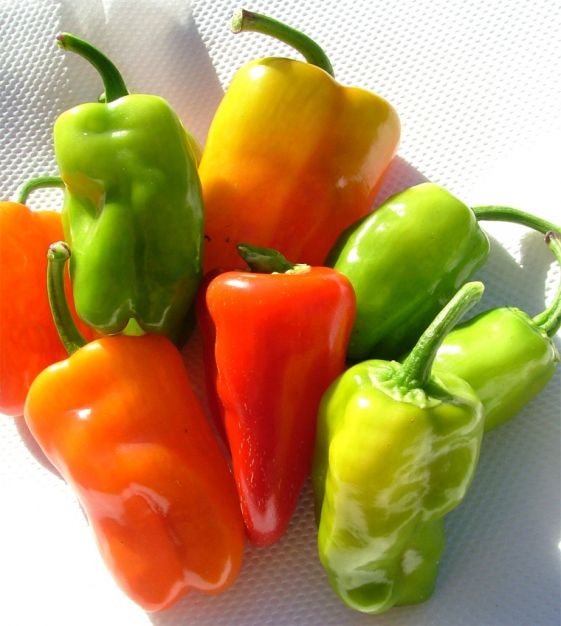
Practices for Harvesting Cajun Bell Peppers
Tools and Equipment
When it comes to harvesting Cajun bell peppers, it is essential to have the right tools and equipment. A sharp pair of pruning shears or scissors is ideal for cleanly cutting the pepper stems without causing unnecessary damage to the plant or surrounding peppers. It is important to keep the tools clean and sanitized to minimize the risk of spreading diseases or damaging the peppers during the harvest process.
Harvesting Techniques
To harvest Cajun bell peppers, grasp the pepper firmly but gently, and using the pruning shears or scissors, cut the stem about 1/2 inch above the fruit. This ensures that a short portion of the stem remains attached to the pepper, reducing the risk of damage or rotting. Avoid tearing or pulling the peppers off the plant, as this can cause stress and result in damage to the peppers and the plant itself.
Handling and Storage
Proper handling and storage are crucial to maintain the quality and freshness of harvested Cajun bell peppers. Place the harvested peppers carefully in a clean container, making sure not to overcrowd or stack them on top of each other, as this can lead to bruising and damage. Store the peppers in a cool, dry place away from direct sunlight, and ideally, maintain a temperature of around 50 degrees Fahrenheit to prolong their shelf life.
Utilizing Various Ripening Stages
Green Stage (Unripe)
Cajun bell peppers can be utilized even when they are in the green, unripe stage. These peppers have a slightly milder taste and a crunchier texture compared to their fully ripened counterparts. Green Cajun bell peppers are commonly used in recipes where a less sweet or more vibrant flavor is desired, such as in stir-fries, salads, or sautés. Harvesting peppers at the green stage can help prolong the harvesting period and provide culinary versatility.
Partially Ripe Stage
In the partially ripe stage, Cajun bell peppers exhibit a combination of green and colored areas on their skin. This stage offers a balance of flavors, with some sweetness developing alongside the more pronounced bell pepper taste. Partially ripe peppers can be used in a variety of dishes, including omelets, sandwiches, pizzas, and salsas, where a blend of flavors is desired.
Fully Ripe Stage
The fully ripe stage is when Cajun bell peppers reach their maximum sweetness and desired color. At this stage, the peppers are perfect for consuming raw, as their sweetness is most pronounced. Incorporate fully ripe Cajun bell peppers in salads, sandwiches, dips, or simply enjoy them as a healthy snack. The vibrant colors of fully ripe peppers also make them visually appealing as a decorative element in various dishes.
Overripe Stage
While overripe Cajun bell peppers may not be ideal for fresh consumption due to their softer texture and potential for mold or rot, they can still be utilized in cooking. Overripe peppers tend to have a sweeter, richer flavor and can be used to enhance the taste of sauces, soups, stews, or roasted vegetable dishes. Simply remove any damaged or inedible parts before incorporating them into your recipes.
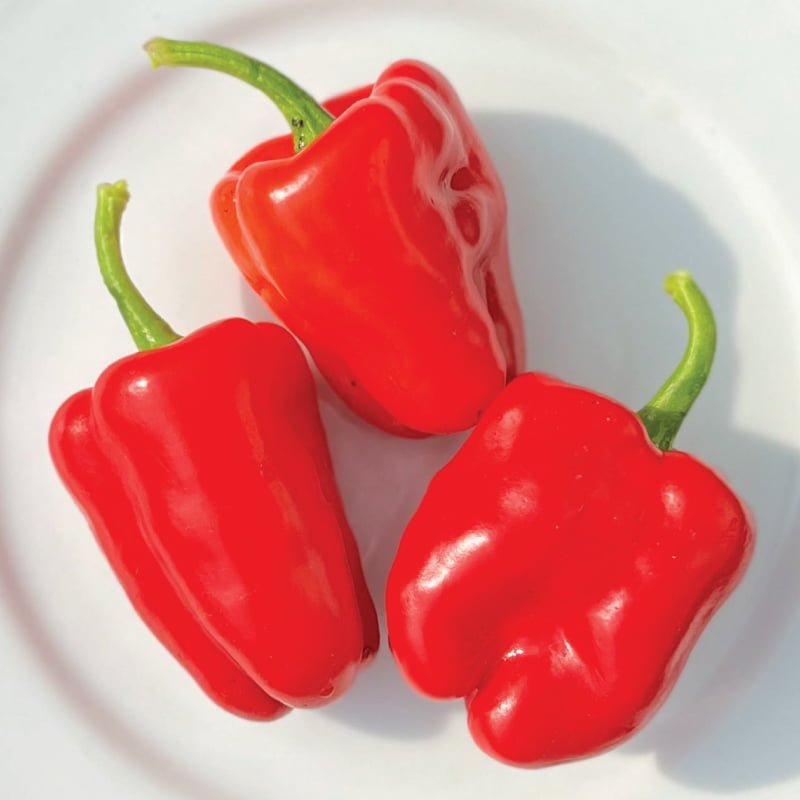
Common Harvesting Mistakes
Harvesting too early
One of the most common harvesting mistakes is picking Cajun bell peppers before they have reached their optimal ripeness. Harvesting too early can result in peppers that lack flavor and have a raw taste. It is important to observe the signs of ripeness and avoid the temptation to harvest prematurely.
Leaving peppers on the plant for too long
On the flip side, leaving Cajun bell peppers on the plant for too long can lead to overripening, causing the peppers to become soft, wrinkled, or even spoil. It is crucial to monitor the peppers closely and harvest them when they have reached their ideal maturity to ensure the best quality and flavor.
Improper handling during harvest
Improper handling during harvest can damage the peppers and reduce their quality and shelf life. Avoid pulling or tearing the peppers off the plant, as this can cause stress and lead to damaged fruits. Use sharp and clean tools to cut the peppers from the plant, and handle them with care to minimize bruising or crushing.
Overlooking diseased or damaged fruits
It is essential to inspect each pepper carefully during the harvest to identify and discard any diseased or damaged fruits. Peppers with signs of rot, mold, or pests should not be included in the harvested batch, as this can compromise the overall quality and spread diseases to other peppers or plants.
Inadequate hygiene practices
Another common mistake is neglecting proper hygiene practices during the harvesting process. Ensure that your hands, tools, and containers are clean and sanitized to prevent the spread of diseases and maintain the freshness of the harvested peppers. Washing your hands thoroughly before and after handling the peppers is a simple yet crucial step to maintain hygiene.
Post-Harvest Tips
Washing and Cleaning
After harvesting Cajun bell peppers, it is important to wash and clean them properly before storage or further usage. Gently rinse each pepper under cool running water, removing any dirt, debris, or residue. Avoid soaking the peppers, as prolonged exposure to water can lead to the loss of nutrients and affect their texture.
Drying
Once washed, gently pat the peppers dry using a clean towel or paper towels. Ensure that the peppers are thoroughly dry before storing them to prevent moisture buildup, which can lead to mold development. If desired, you can air-dry the peppers by placing them on a clean, dry surface for a few hours or until they are completely dry.
Sorting and Grading
Sorting and grading the harvested Cajun bell peppers can help you categorize them based on their size, color, and overall condition. This process allows you to separate peppers that need to be used immediately from those that can be stored for a longer duration. It also helps in identifying any damaged or overripe peppers that should be discarded.
Packaging and Storing
To maximize the shelf life of Cajun bell peppers, it is important to package and store them properly. Transfer the sorted and dried peppers to clean, breathable containers such as paper bags, mesh bags, or perforated plastic bags. Avoid using airtight containers or sealing the peppers tightly, as this can trap moisture and accelerate spoilage. Store the peppers in a cool, dry place away from direct sunlight and other ethylene-producing fruits.
Utilization and Preservation
To make the most of your harvested Cajun bell peppers, consider various ways to utilize and preserve them. Fresh peppers can be incorporated into a wide range of recipes, from salads and salsas to stir-fries and sandwiches. If you have an abundant harvest, you can also roast, blanch, or freeze the peppers for later use. Preserving peppers in the form of pickles or sauces can further extend their shelf life and provide a flavorful addition to your meals throughout the year.
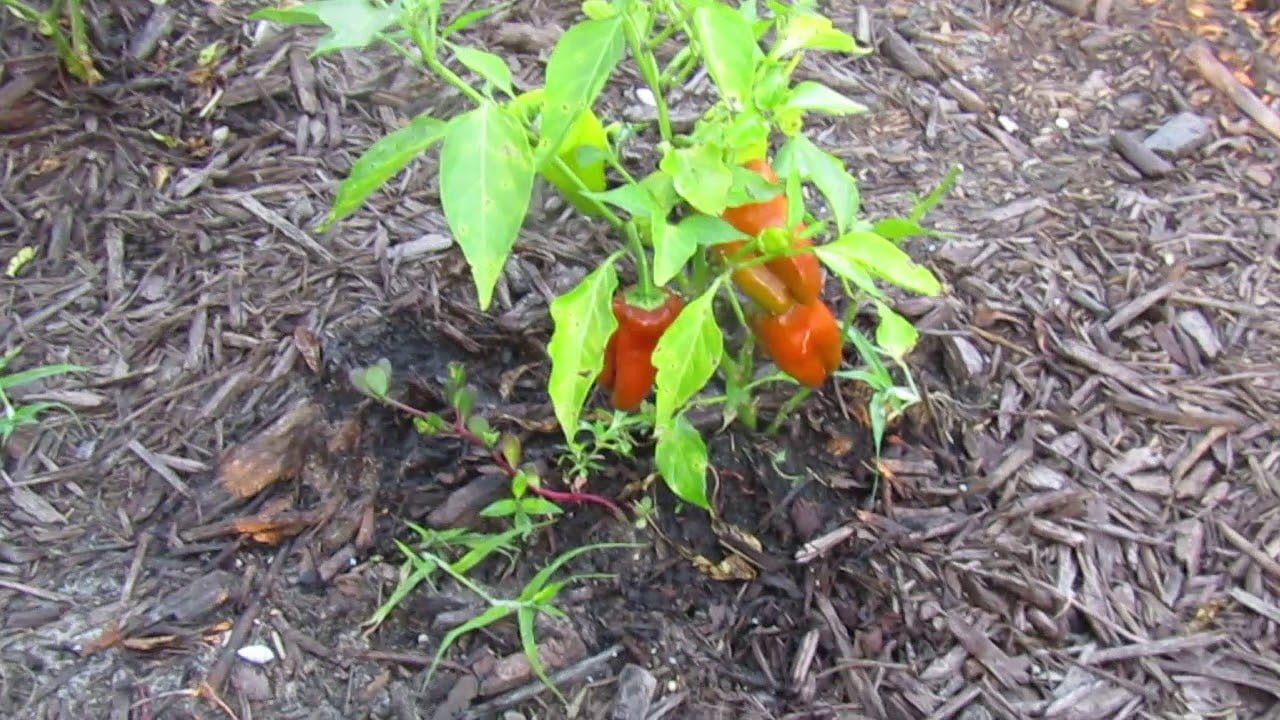
Common FAQs about Harvesting Cajun Bell Peppers
How long does it take for Cajun bell peppers to mature?
The days to maturity for Cajun bell peppers can vary depending on the specific variety and growing conditions. However, on average, Cajun bell peppers take approximately 70 to 80 days from the moment of transplanting or germination to reach full maturity and optimal ripeness.
Can you eat Cajun bell peppers at different ripening stages?
Yes, Cajun bell peppers can be consumed at various ripening stages, depending on the level of sweetness and flavor desired. Green, partially ripe, fully ripe, and even overripe peppers can all be used in different culinary preparations. Each ripening stage offers unique characteristics, allowing for versatility in cooking.
How many times can you harvest Cajun bell peppers in a single growing season?
Cajun bell peppers can be harvested multiple times during a single growing season. The exact number of harvests depends on various factors such as the duration of your growing season, the specific variety of peppers, and the care and maintenance provided. With proper care and favorable conditions, it is possible to have several harvests throughout the season.
How should I store freshly harvested Cajun bell peppers?
Freshly harvested Cajun bell peppers should be stored in a cool, dry place with a temperature of around 50 degrees Fahrenheit. It is important to avoid direct exposure to sunlight, as this can cause the peppers to ripen further and potentially spoil. Proper ventilation and avoiding overcrowding are also essential to ensure good air circulation and prevent spoilage.
Can I freeze Cajun bell peppers for later use?
Yes, you can freeze Cajun bell peppers for later use. To freeze them, wash, dry, and remove the stems, seeds, and membranes. Slice or dice the peppers according to your preference, and blanch them in boiling water for a few minutes. Once blanched, cool the peppers in ice water, drain them thoroughly, and transfer them to airtight freezer-safe containers or bags. Properly frozen Cajun bell peppers can be stored for several months and used in various cooked dishes.
Conclusion
Harvesting Cajun bell peppers at their optimal ripeness ensures the best flavor, texture, and nutritional value. By considering factors such as climate, temperature, days to maturity, fruit size and color, and plant health and vigor, you can determine the ideal timing for harvest. Visual observations, touch and feel, taste tests, and harvesting trials are effective methods to assess the ripeness of peppers. Practicing proper harvesting techniques, handling, and storage, as well as utilizing different ripening stages, can help you make the most of your Cajun bell pepper harvest. Avoid common harvesting mistakes, maintain hygiene practices, and follow post-harvest tips to enhance the quality and longevity of your peppers. By understanding the various factors and methods related to harvesting Cajun bell peppers, you can enjoy these vibrant and flavorful vegetables to their fullest potential.
